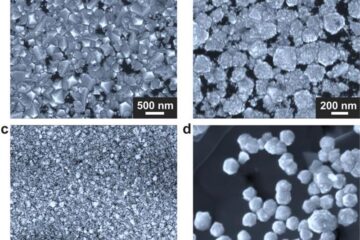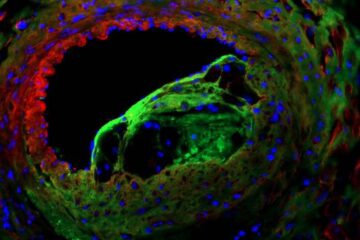Friendly bacteria in alcoholic milkshake could fight food allergies

Kefir, a traditional fermented drink, is consumed in Eastern Europe as a health food, and is often used to wean babies, as it is easily digested. Food allergy prevalence is especially high in children under the age of three, with around 5-8% of infants at risk. Currently the only treatment is avoidance of the problematic food.
“Friendly” bacteria in kefir may play a role in blocking the pathway involved in allergic responses, Lisa Richards reports in Chemistry & Industry, SCI’s fortnightly magazine. Research published today [Monday 16 October 2006(DOI 10.1002/jsfa2469)] in the SCI’s Journal of the Science of Food and Agriculture has shown that the milk drink inhibits the allergen specific antibody Immunoglobulin E (IgE). IgE is involved in immune responses to inactivate organisms that might cause disease. However, in the presence of allergens it can also activate cells responsible for the release of histamine, a chemical which stimulates allergic responses, such as inflammation and constriction of airways.
Ji-Ruei Liu’s team of scientists at the National Formosa University, Yunlin, Taiwan, fed mice the milky drink, and found that after 3 weeks, the amount of ovalbumin (OVA) specific IgE was reduced three-fold. Ovalbumin is an allergenic protein found in egg whites, which cause most allergies in young children. Kefir is also reported to prevent food antigens from passing through the intestinal wall.
Liu believes that the milky drink could be a promising tool in the prevention of allergies. “In the future, maybe we can screen out the certain components (bacterial strains or bioactive peptides) from kefir and utilize them in medicine,” he said.
A full copy of the research paper is available:
Contact: SCI Press Office Email: press@soci.org or Tel: +44 (0) 20 7598 1548 / +44 (0) 7791 688784
Media Contact
More Information:
http://www.chemind.orgAll latest news from the category: Life Sciences and Chemistry
Articles and reports from the Life Sciences and chemistry area deal with applied and basic research into modern biology, chemistry and human medicine.
Valuable information can be found on a range of life sciences fields including bacteriology, biochemistry, bionics, bioinformatics, biophysics, biotechnology, genetics, geobotany, human biology, marine biology, microbiology, molecular biology, cellular biology, zoology, bioinorganic chemistry, microchemistry and environmental chemistry.
Newest articles

Making diamonds at ambient pressure
Scientists develop novel liquid metal alloy system to synthesize diamond under moderate conditions. Did you know that 99% of synthetic diamonds are currently produced using high-pressure and high-temperature (HPHT) methods?[2]…

Eruption of mega-magnetic star lights up nearby galaxy
Thanks to ESA satellites, an international team including UNIGE researchers has detected a giant eruption coming from a magnetar, an extremely magnetic neutron star. While ESA’s satellite INTEGRAL was observing…

Solving the riddle of the sphingolipids in coronary artery disease
Weill Cornell Medicine investigators have uncovered a way to unleash in blood vessels the protective effects of a type of fat-related molecule known as a sphingolipid, suggesting a promising new…





















